9 Never-Before-Seen X-Ray Photos Reveal the Hidden Beauty of Space
![]()
NASA just released a jaw-dropping collection of nine new images captured by its flagship X-ray telescope, the Chandra X-ray Observatory. The Universe looks wild in X-ray light, and scientists can study many fascinating cosmic phenomena in X-rays that are impossible to see across other wavelengths, including visible and ultraviolet light.
The nine-image collection looks at a diverse range of objects, including spectacular galaxies, clusters, and multi-galaxy systems.
The first image shows N79, a vast star-forming region of the Large Magellanic Cloud, a relatively nearby neighbor of the Milky Way galaxy. Thanks to its X-ray imaging capabilities, Chandra can detect the hot gas that very young stars create as they grow, providing key insights into star formation, including how the Sun formed.
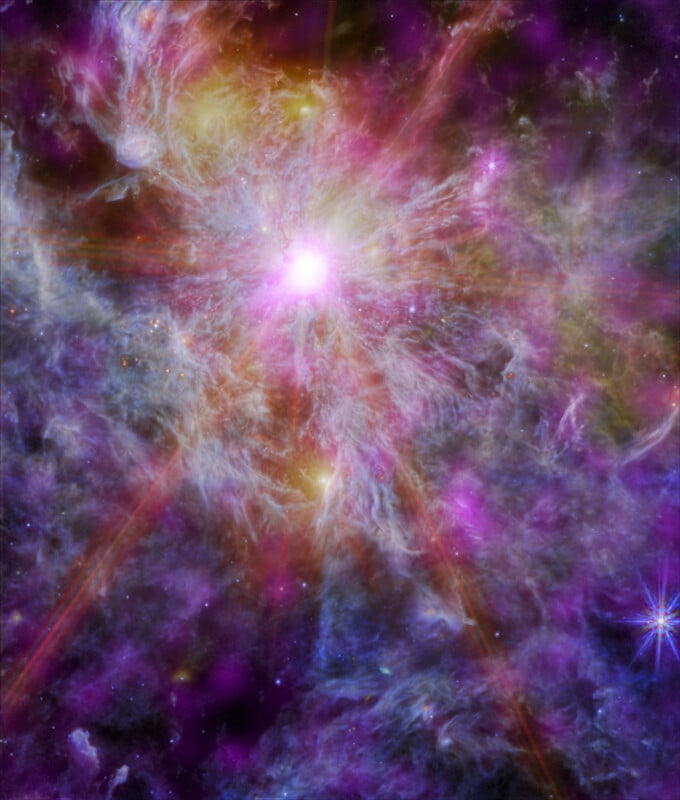
Next up is NGC 2146, a spiral galaxy. One of the galaxy’s dusty arms is partially obscuring the galactic core as seen from Earth — Chandra is in orbit around Earth. In this image, Chandra’s X-rays are pink and purple, while Hubble, the Las Cumbres Observatory in Chile, and the NSF’s Kitt Peak telescope all contributed data, seen as red, green, and blue wavelengths.
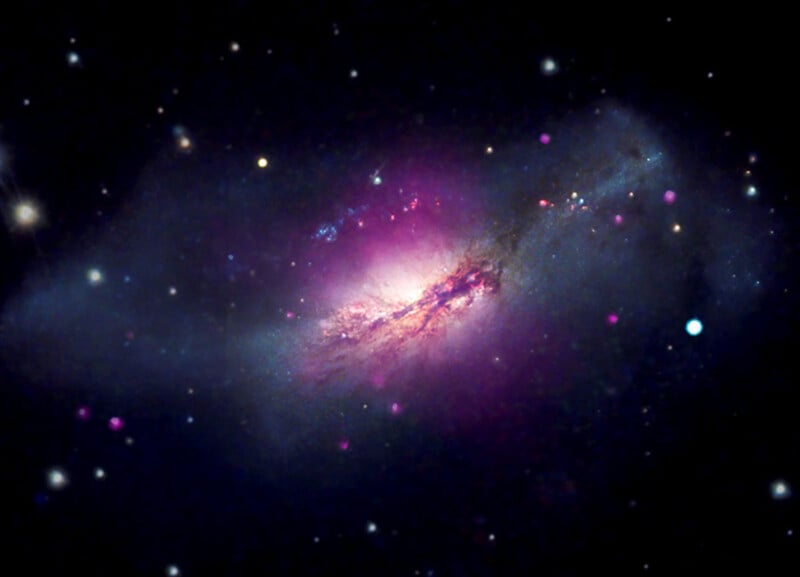
IC 348 is a star-forming region inside the Milky Way galaxy. The wispy structure seen in the new image is interstellar material that reflects the light from the cluster’s many stars. The point-like sources are young stars currently developing inside the cluster.
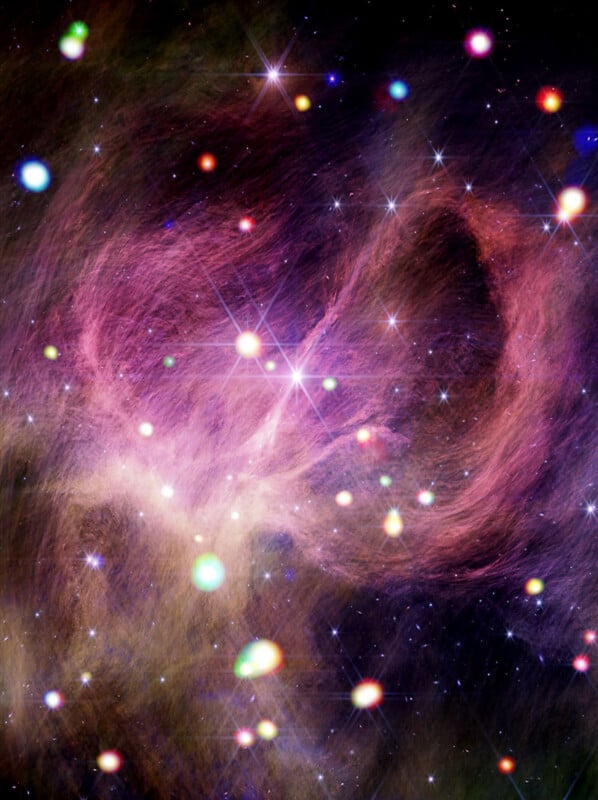
M83 is a famous spiral galaxy and a popular target for astronomers and astrophotographers because of its face-on orientation toward Earth. Chandra has detected stellar explosions, or supernovae, throughout M83.

M82 is a “so-called starburst galaxy,” as Chandra’s team explains. The galaxy has star formation at rates tens to hundreds of times greater than typical galaxies. Chandra’s X-ray data reveals supernova explosions that produce gas at temperatures of millions of degrees, extending out into space for millions of light-years from the galaxy’s beautiful disk.

NGC 1068 is a pretty close-by spiral galaxy that has a supermassive black hole at its center about twice the size of the black hole at the center of the Milky Way. Chandra’s X-ray data shows wind driven from NGC 1068’s black hole, which lights up the galaxy’s center in X-ray wavelengths.
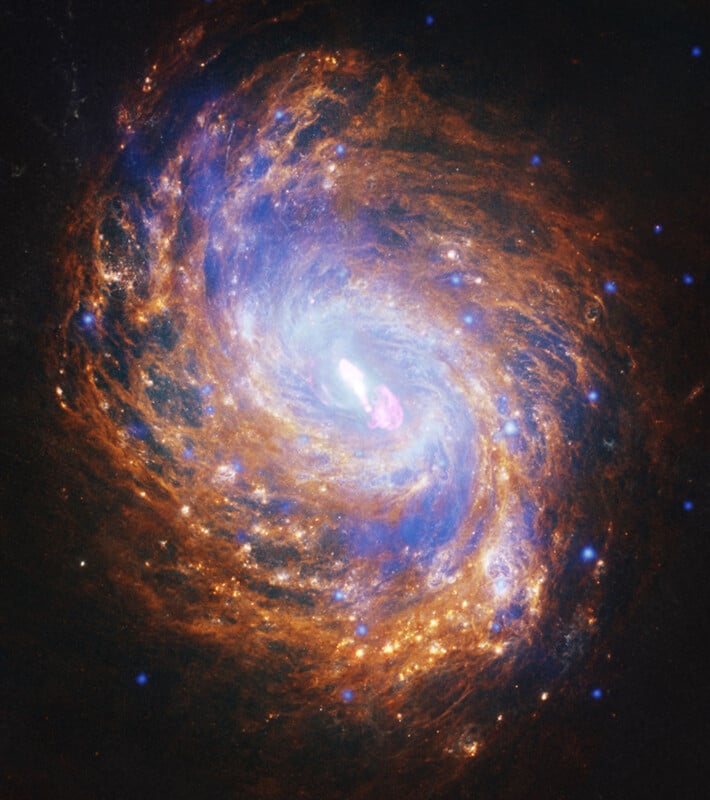
NGC 346 is a young cluster with “thousands of newborn stars.” The most massive stars in the cluster generate strong winds and powerful radiation.
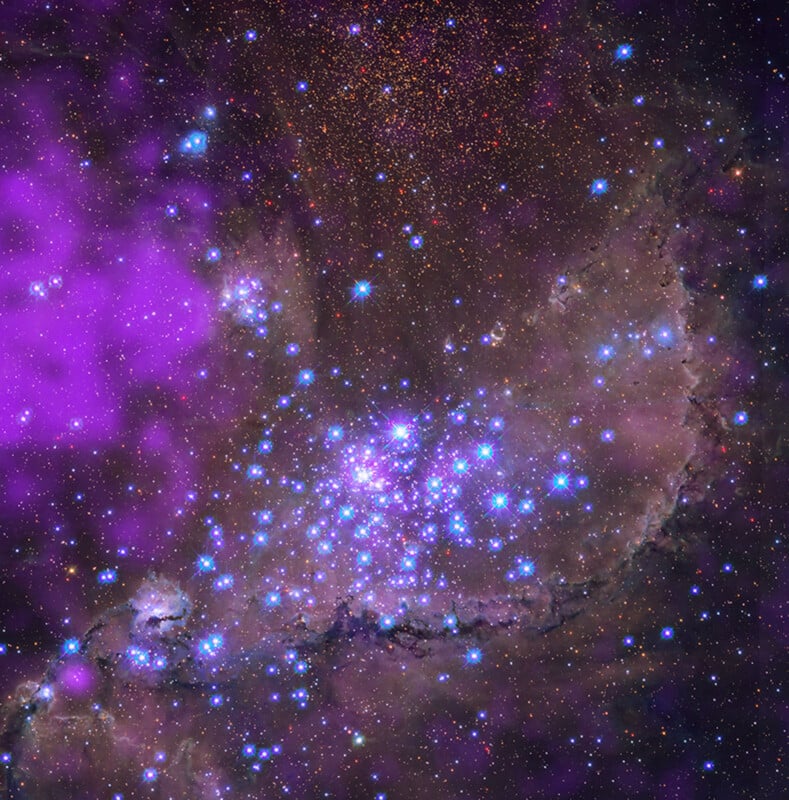
Chandra also observes galactic interactions, including IC 1623, a system where two galaxies are merging. When galaxies collide like this, there is often intense new star formation, which glows across only certain wavelengths. Scientists also believe that the merging galaxies in IC 1623 are forming a new supermassive black hole.
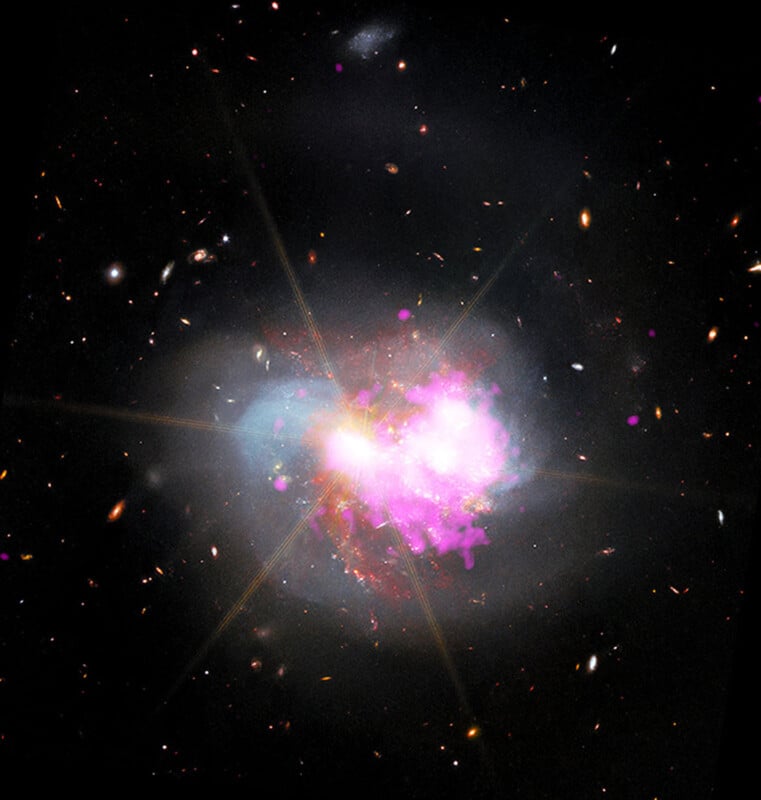
Westerlund 1 is the largest and closest “super” star cluster to Earth, Chandra’s team says. This “galactic factory” is generating incredible amounts of new stars, and Chandra alone has detected thousands of newborn stars thanks to their high X-ray emissions.

For even more amazing X-ray space photos, space enthusiasts should check out the 25 images that Chandra’s team dropped a year ago to celebrate Chandra’s 25th birthday. Chandra is currently under threat of an early cancellation thanks to federal budget cuts at NASA, which would deal a devastating blow to astronomy and astrophysics. Chandra is particularly well-suited to studying high-energy events throughout the Universe, including supernovae and black holes.